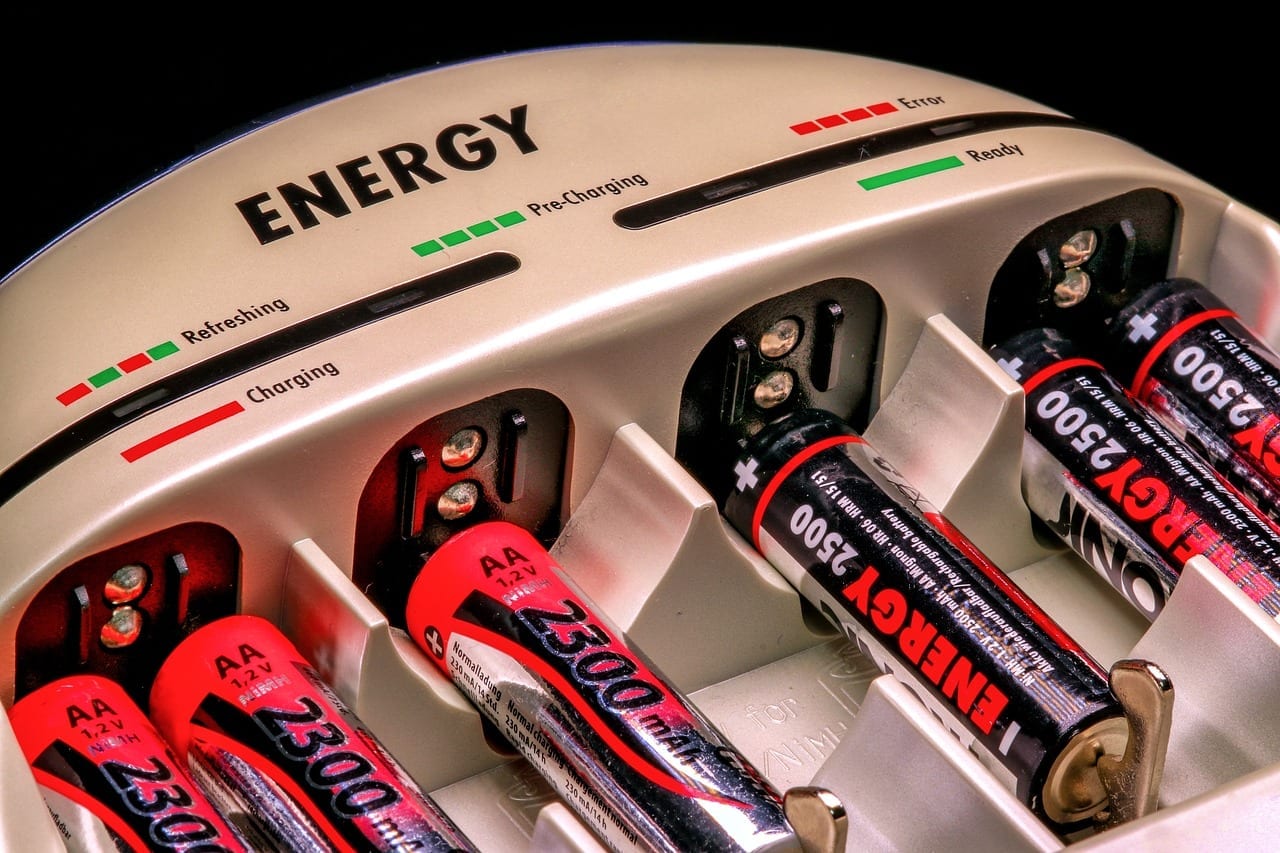The now 30-year old societal and economic revolution brought about by the age of portable electronic devices owes its birth to Professor John Goodenough. Professor Goodenough is now 96 years old but still hard at work in his Oxford lab. He’s still supervising a last graduate student towards their PhD, which, all being well, should be achieved 2 years from now. And apart from that, he’s confident he still has enough left in the tank to see his own research to its conclusion.
That research is around a successor to the lithium-ion cell rechargeable battery whose 1980 debut he and two colleagues were behind. A plaque in Oxford University describes how the trio:
“identified the cathode material that enabled the development of the rechargeable lithium-ion battery. This breakthrough ushered in the age of portable electronic devices.”
Goodenough and his colleagues’ achievement is perhaps one of the most significant breakthroughs in modern science and technology that hasn’t been honoured by a Nobel prize. He has been nominated but hasn’t won the ultimate accolade in science and technology. He might, however, have one last shot.
While ‘not quite there yet’, the battery technology Professor Goodenough is currently working on uses a glass electrolyte rather than the liquid equivalent of today’s battery technology. This, he believes, should mean a lot more energy can be stored in it. The bottleneck, for now, is that the battery prototypes only work at minus 20 degrees. So, as he himself puts it, his battery could today allow an electric car to travel hundreds of miles without a recharge. But “to Winnipeg in the winter”.
Goodenough believes that taking his new battery to the next stage, a commercially viable one, needs a major battery company to license his IP and continue technical development. Achieving the same result without having to maintain the battery’s temperature at minus 20 is “quite a difficult problem”.
He would like to see that happen while he is still alive but admits that at 4 years short of his centenary he can now only take things day by day.
Whether it ends up being Professor Goodenough’s own technology that eventually supersedes the lithium-ion battery whose invention he was the driving force behind 30 years ago, or another technology, the case is pressing. While no-one has managed to significantly improve on the professor’s battery technology in the decades since, the capabilities, and power consumption necessary to fuel them, of electronic devices has raced ahead.
Battery efficiency is now the biggest bottleneck to a whole host of technological breakthroughs, of which electrically-powered cars are the highest profile example. A worthy successor to Professor Goodenough’s 30-year old breakthrough will go a long way to reducing air pollution in future years. If is Goodenough himself who realises it, a Nobel prize should undoubtedly finally come his way.










Leave a Reply